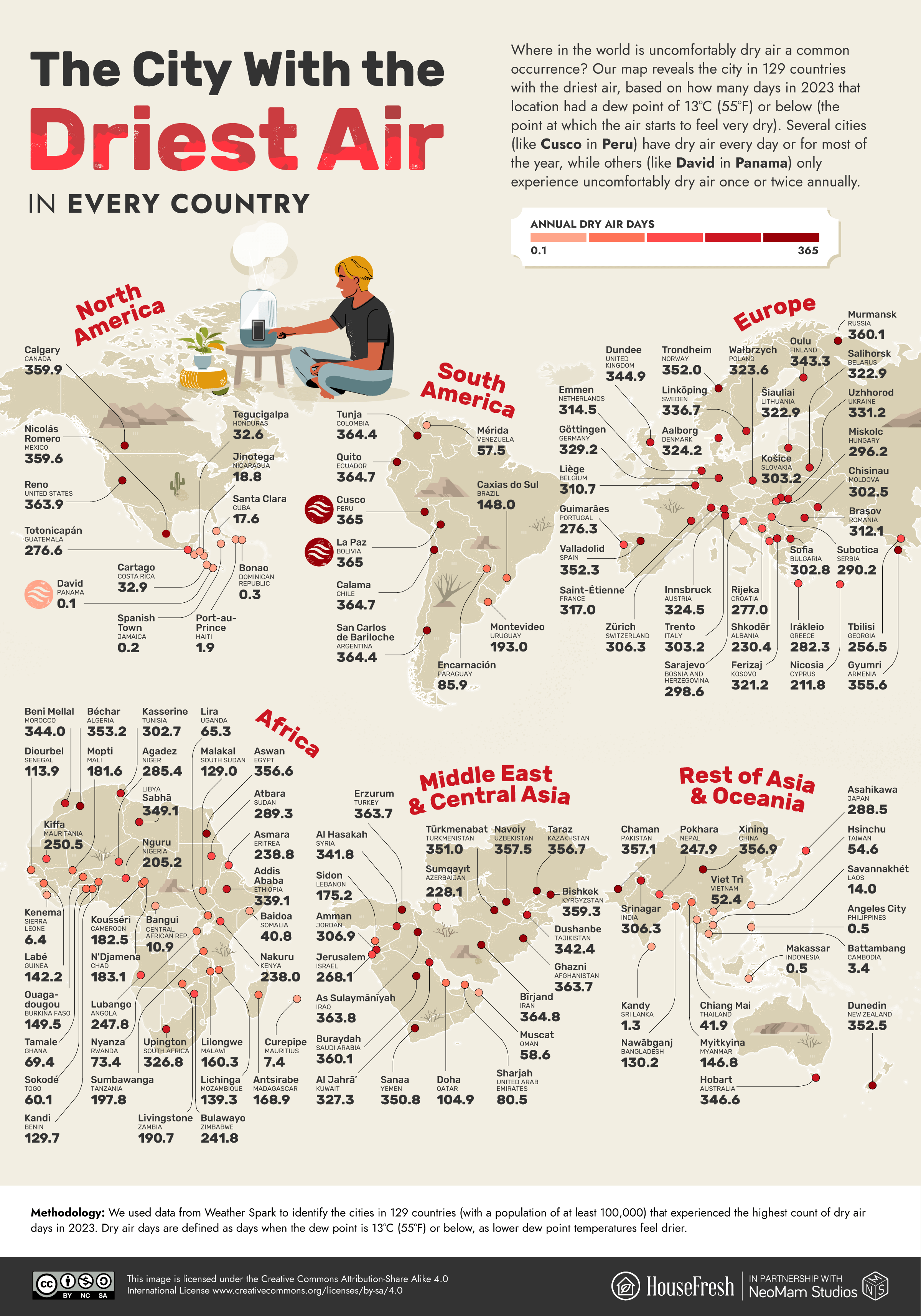The Partition of Antarctica
Table of Contents
- Territorial Claims of the Antarctic
- Antarctica split equivalently among nations, with the most researchers
- Antarctica is split into areas depending on which nation (or dependency) is nearest to any given location
- Claims to Antarctica if the “Frontage Theory” was universally implemented
- Antarctica’s nearest aboriginal peoples
- Quick facts about the Antarctic
Antarctica is huge. It is approximately the size of the U.S. and Mexico combined. Antarctica is the coldest, windiest, driest, highest of all continents on Earth. It is almost entirely encased by a layer of ice that averages practically two kilometers (1.2 mi).
But in the future, everything may change, and this enormous piece of land will become more suitable for human habitation.
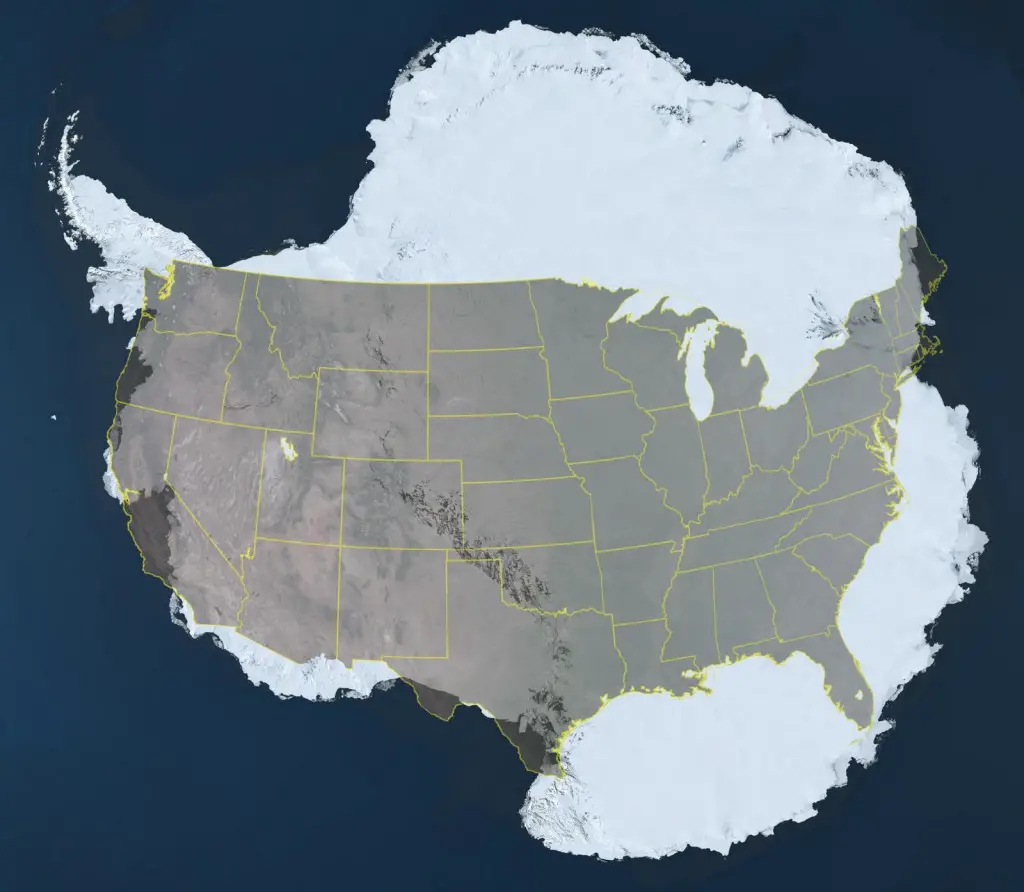
Antarctica has no authority and no indigenous people. Alternatively, the whole continent is set aside as a protected area in which only scientific activities are permitted.
The Antarctic Treaty (1961) banned any military activity, such as exploring mineral resources. 50 countries, including the United States, Russia, and China, ratified the treaty. But in 2048, an international treaty that bans all activities associated with Antarctic minerals is set to expire. And perhaps many countries want to return to the issue of dividing Antarctica.
Territorial Claims of the Antarctic
Nowadays, 7 sovereign nations have made 8 territorial interests in Antarctica: Argentina, Australia, Chile, France, New Zealand, Norway, and the United Kingdom.

Most of these countries are located in the southern hemisphere or have overseas territories there. So Norway has only two tiny islands in the Southern Ocean; however, this Scandinavian country claimed Queen Maud Land (1/6 of the continent) in Antarctica before the Antarctic Treaty of 1961.
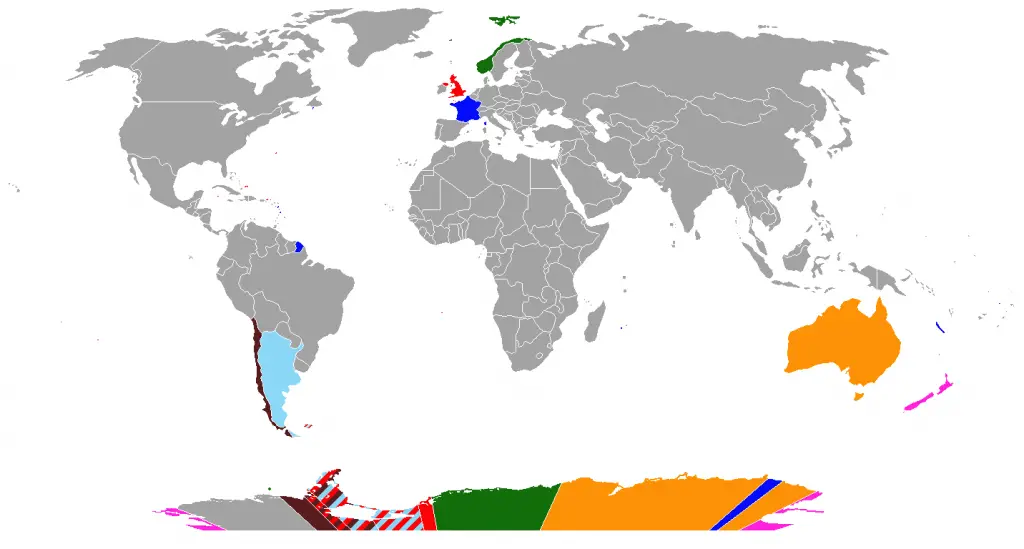
These nations have managed to set their Antarctic scientific research within their particular demanded areas. However, many such facilities are positioned outside their claimed areas. Countries without claims, such as the United States, Russia, Italy, and India, have built scientific facilities within the territories claimed by other nations.
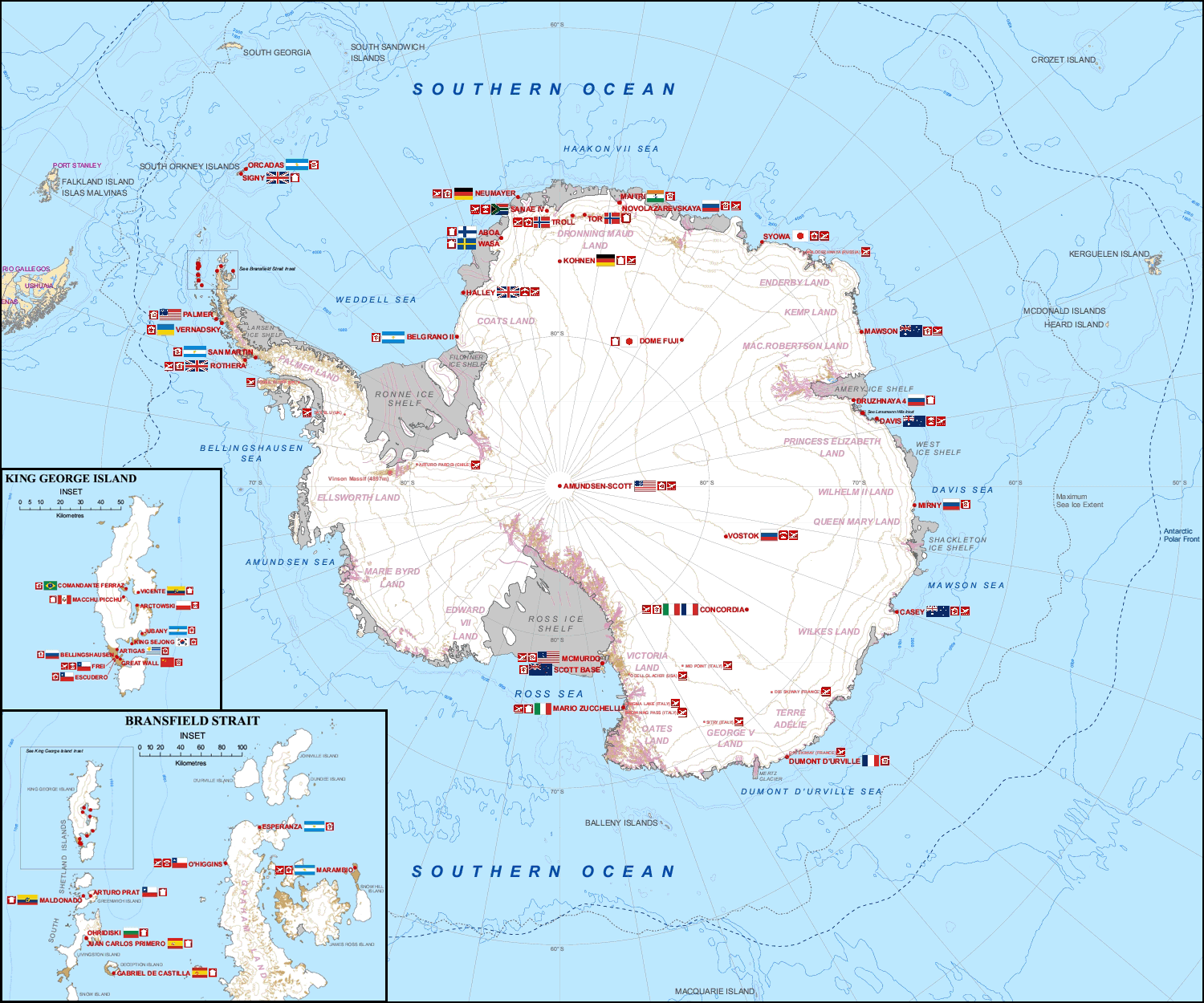
American research stations have the highest summer population. Below is the Antarctic population of research stations from the Antarctic Atlas.
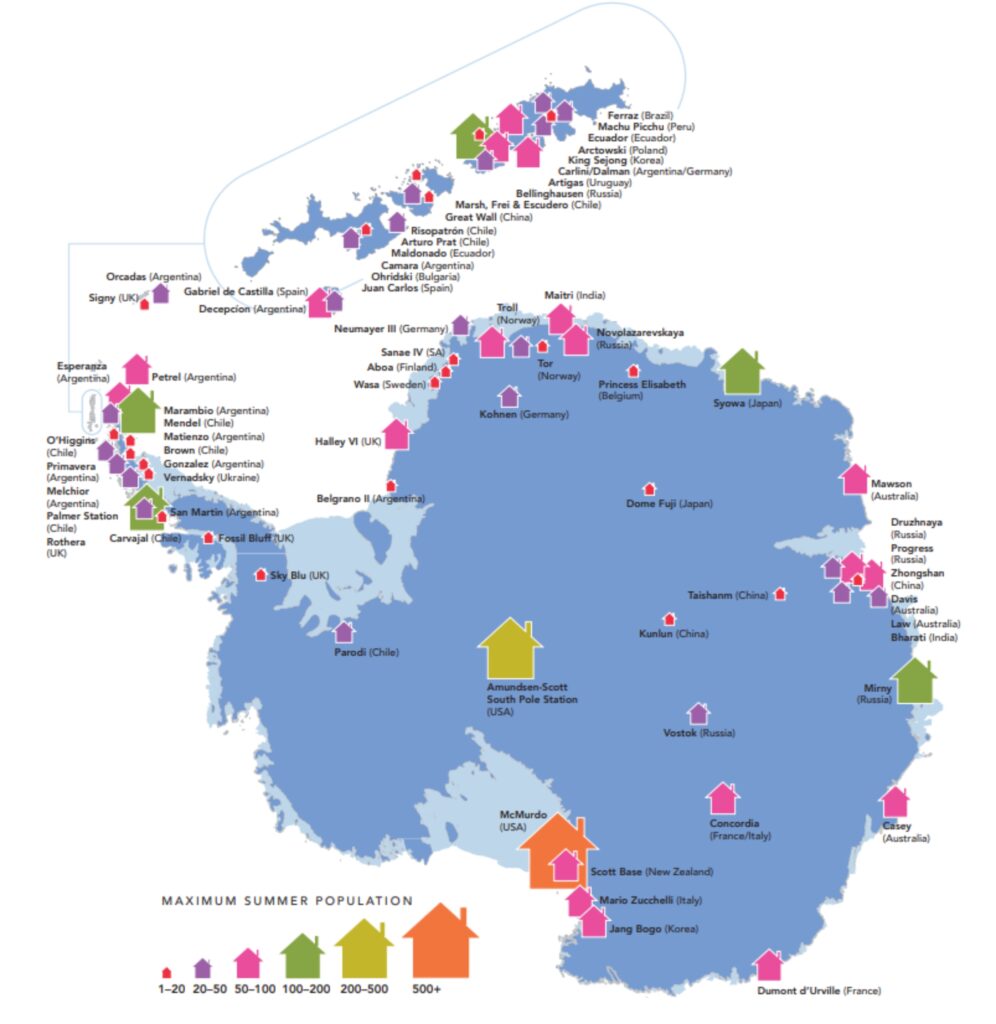
Today, specialists from thirty nations live on about seventy bases, with an estimated population of 4 thousand in summer and 1 thousand in winter. There have been at least 11 human births in Antarctica.
Antarctica split equivalently among nations, with the most researchers

There are many ideas for dividing Antarctica between countries.
Antarctica is split into areas depending on which nation (or dependency) is nearest to any given location

Claims to Antarctica if the “Frontage Theory” was universally implemented
Brazilian geopolitical scientist Therezinha de Castro proposed the Frontage Theory. According to this theory, sovereignty over each point in Antarctica properly belongs to the first nation whose non-Antarctic area would approach moving north in a direct line from such a point.

Antarctica’s nearest aboriginal peoples
The Decolonial Atlas offers the most unusual way to divide the Antarctic. The map below gets attention to the parties that were never called to the negotiation table – indigenous people. Depending on where you are in Antarctica, the nearest aboriginal peoples might be the Yaghan or Selk’nam of South America, Māori of New Zealand, the Palawa of Tasmania, the Noongar of Australia, and the Xhosa of Southern Africa. Maybe it’s time to pay back the debt to the indigenous peoples?
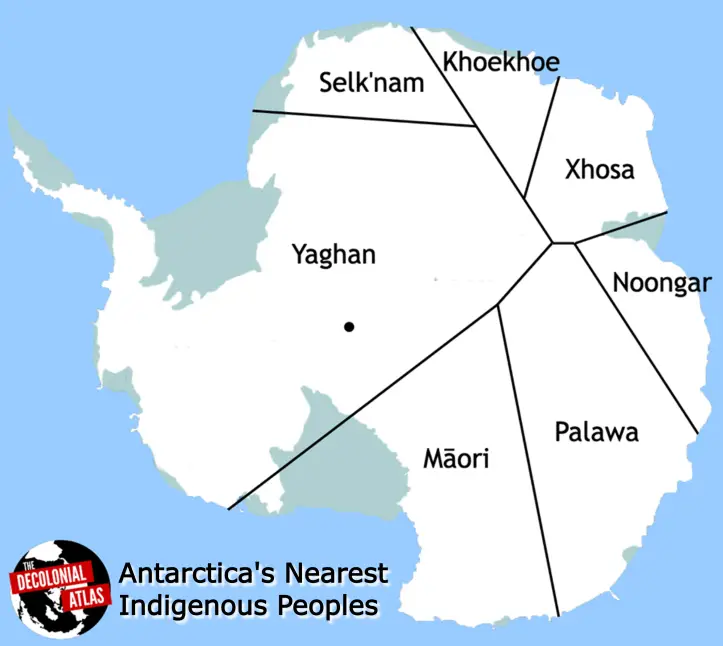
Quick facts about the Antarctic
- Though Antarctica’s climate is too severe for constant human settlements, climatic conditions may become more beneficial in the future. As a consequence of the long-term impacts of global warming, at the beginning of the XXII century, areas of West Antarctica will have a similar climate to Northern Scandinavia, Alaska, or the Chukchi Peninsula. Even agriculture could be potential in some of the most northern territories of Antarctica.
- There are nearly 110 indigenous moss species in Antarctica, including two angiosperms (Antarctic hair grass and The Antarctic pearlwort). These indigenous species may disappear as a result of climate change.
- People are responsible for the introduction of approximately 250 alien species in Antarctica.
- According to some forecasts, Antarctica’s oil reserves could be 200 billion barrels, notably more than Kuwait or Abu Dhabi.
- Emilio Marcos Palma is an Argentine resident who is the first person born in Antarctica (January 7, 1978). After his birth, ten other humans were born in Antarctica.


